Some people invest in equipment that’ll help ensure their properties stay in good condition for a long time. For example, external factors, like inclement weather, can affect the integrity of a structure. So, a homeowner needs a system or a tool addressing the most prevalent concerns in their area. For instance, if your residence is in an area that often experiences rainfall, you should invest in a soakaway system. It can provide various benefits for your home and ensure you won’t encounter problems during the rainy season.
A soakaway system works by collecting any excess surface water to prevent flooding. It can also be used as water storage for a home garden. It efficiently maintains the water levels if the water drainage system can’t support the volume of liquids in your area.
If your location is prone to flooding, it’s best to invest in a soakaway system. This way, you can lessen the risk of property damages caused by water penetration.
Here are some helpful pieces of information to help you decide which type of water system will fit your home:
Cost Of A Soakaway
A soakaway drain installation will cost you a significant amount of money. So, it’s best to evaluate your options and see which one will fit your budget. Besides the materials for the equipment, you also need to pay for the labor costs of the personnel working on your home. Some installation companies may charge you for the total cost of the work, while others may set the price per workday.
The installation cost is usually around £150 to £200, depending on the experience and expertise of the contractors who’ll service your home. Additionally, the expenses you’ll incur for the system itself may go as high as £1,000, depending on the condition of your house and the design you want to buy.
Soakaway Designs
The most common designs for a residential soakaway are wastewater and rainwater system. Here are the differences between the two:
- Wastewater System: This soakaway model is built near a septic tank or sewage plant. It’s made with a series of perforated pipes laid out in a trench around your residence. Usually, it’s installed near a garden or open field to ensure any water around the house will be dispersed properly and safely into the surrounding land. You can opt for this design if you wish to maximize the use of water in your household. It can help lessen the utility costs you spend to maintain your garden.
- Rainwater System: A soakaway for rainwater is usually composed of plastic storage cells placed under the ground. You can attach it to your home’s gutter to make water collection easier, or install it near a drain. This type of soakaway is an excellent investment if your home is located in an area with frequent and heavy rainfalls.

Materials For A Soakaway
Before successfully installing a soakaway on your property, you need to find an open area you can dig first. This system is usually installed underground to make water collection easier. Hence, you need a space you can excavate and convert into a soakaway system.
Once you have a pit, you can start to put the drain pipe, and cover it with gravel and stone. If you’re digging a deep hole, it’s best to get a tube with a thicker lining to ensure it can support the weight of the covering you’ll use.
Additionally, you can get a crate made with plastic to ensure your property won’t have excess water on the surface. The soakaway crate will allow the liquids present in your area to percolate through the soil without any problem. The crates can also ease the pressure on your drainage system, especially when too much water is present in your property.
How To Maintain Your Soakaway
Once your water management system is built, you should learn how to keep it in good condition to prevent damages and inconveniences from happening in the future. For instance, if you installed crates on your property, you should be careful not to apply too much weight as it can break your underground water system.
You should also clean any blockage to ensure your property won’t get flooded once the rainy season starts.
Final Thoughts
There are various factors you need to maintain in your property once you become a homeowner. For one, you need to prepare for external conditions, like rain, to prevent damages from occurring. One investment you ought to make for your home in order to keep it in good condition is a soakaway system. It helps regulate any surface water and lessen the risks of flooding, especially during heavy rainfall.
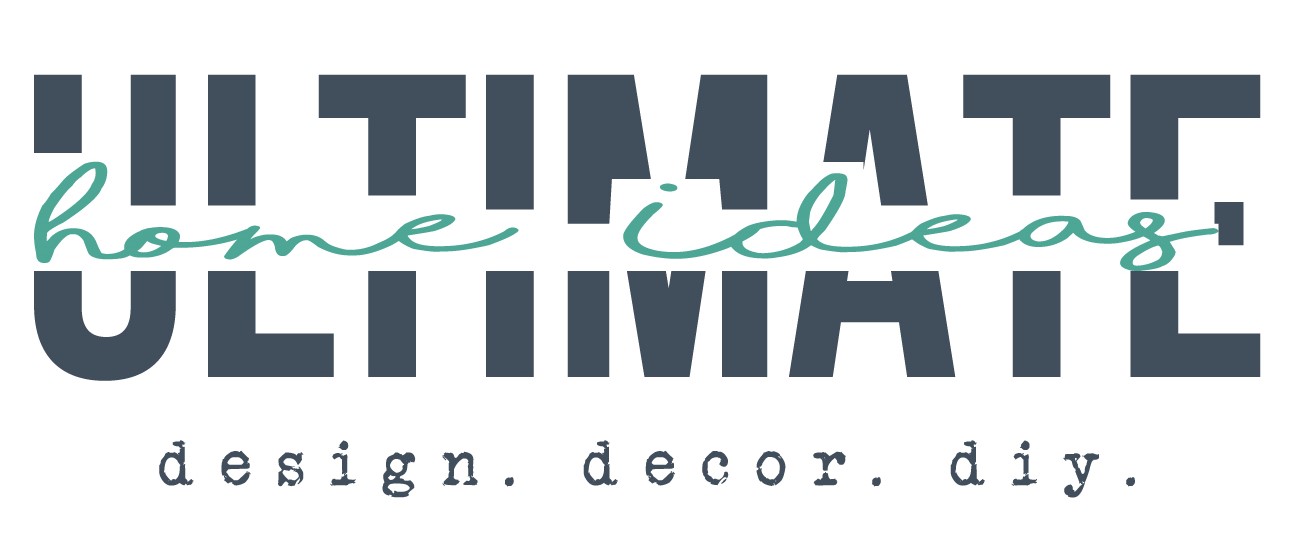



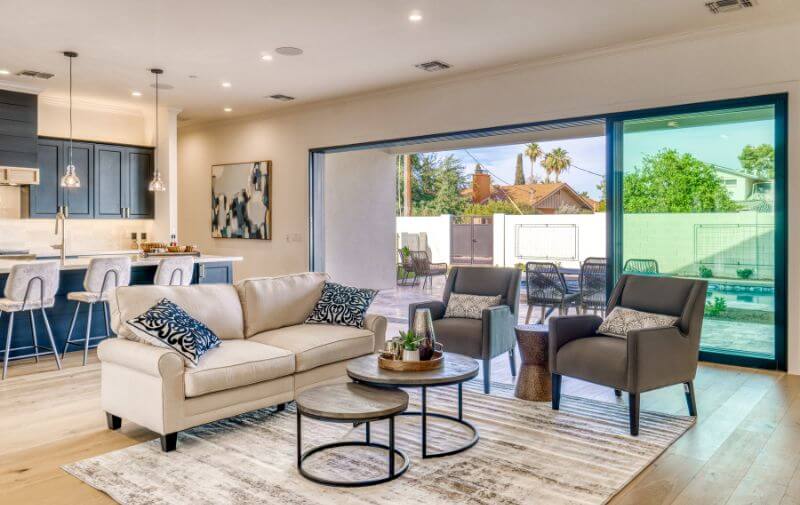
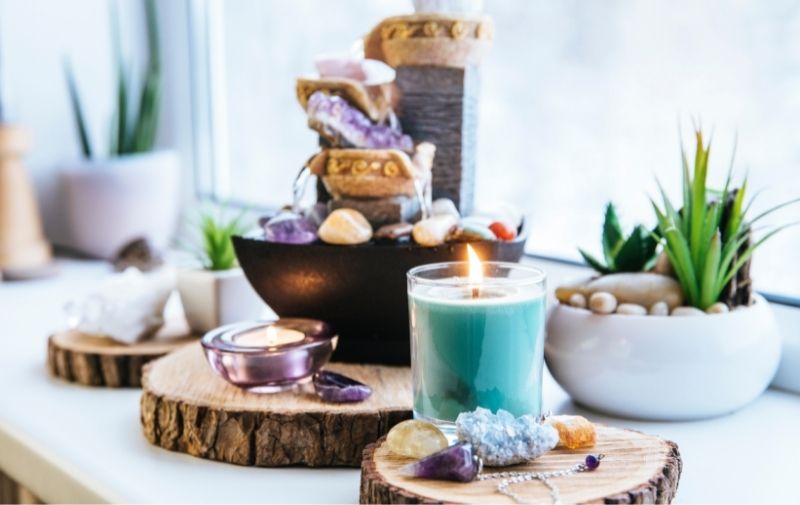


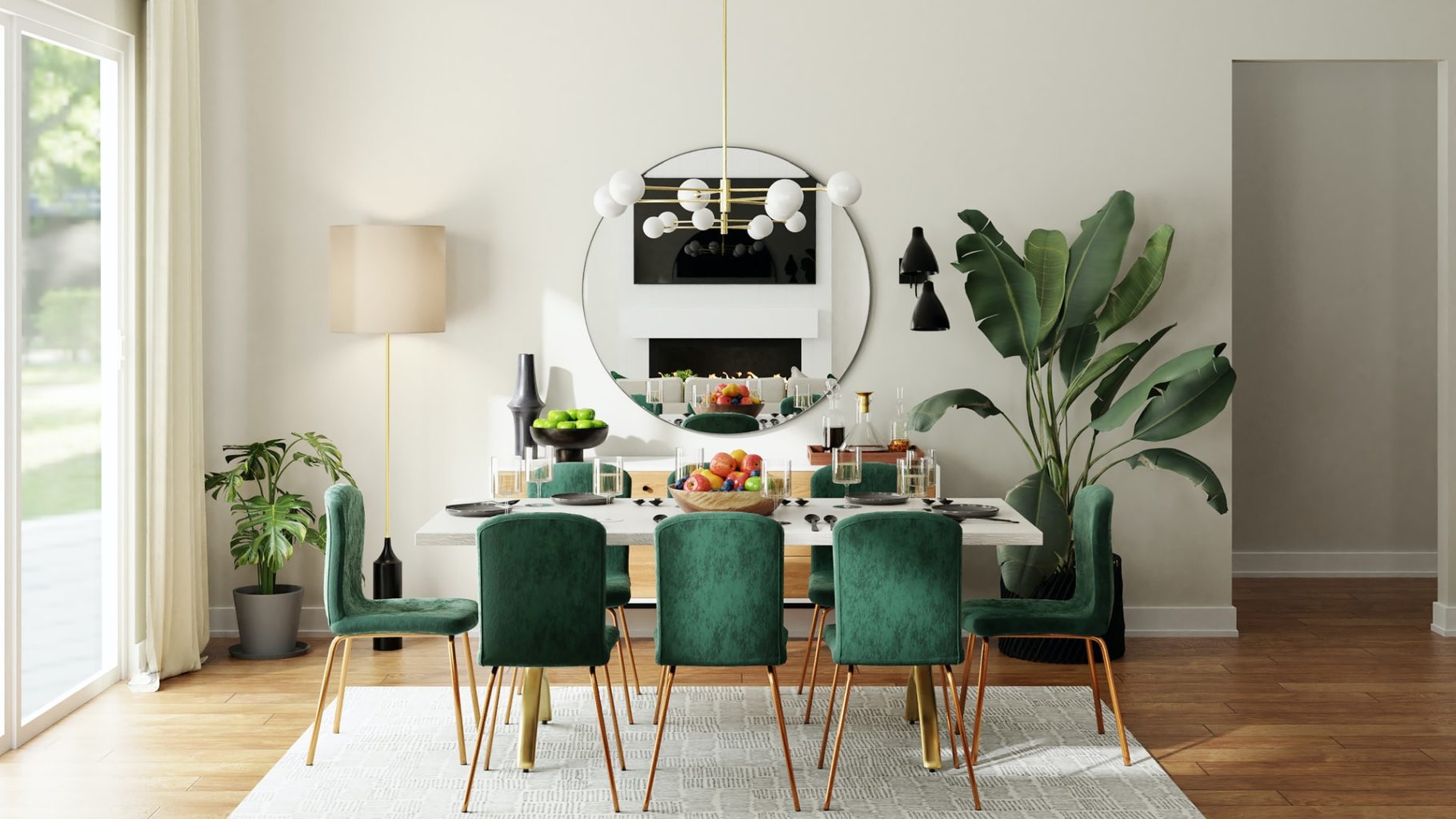
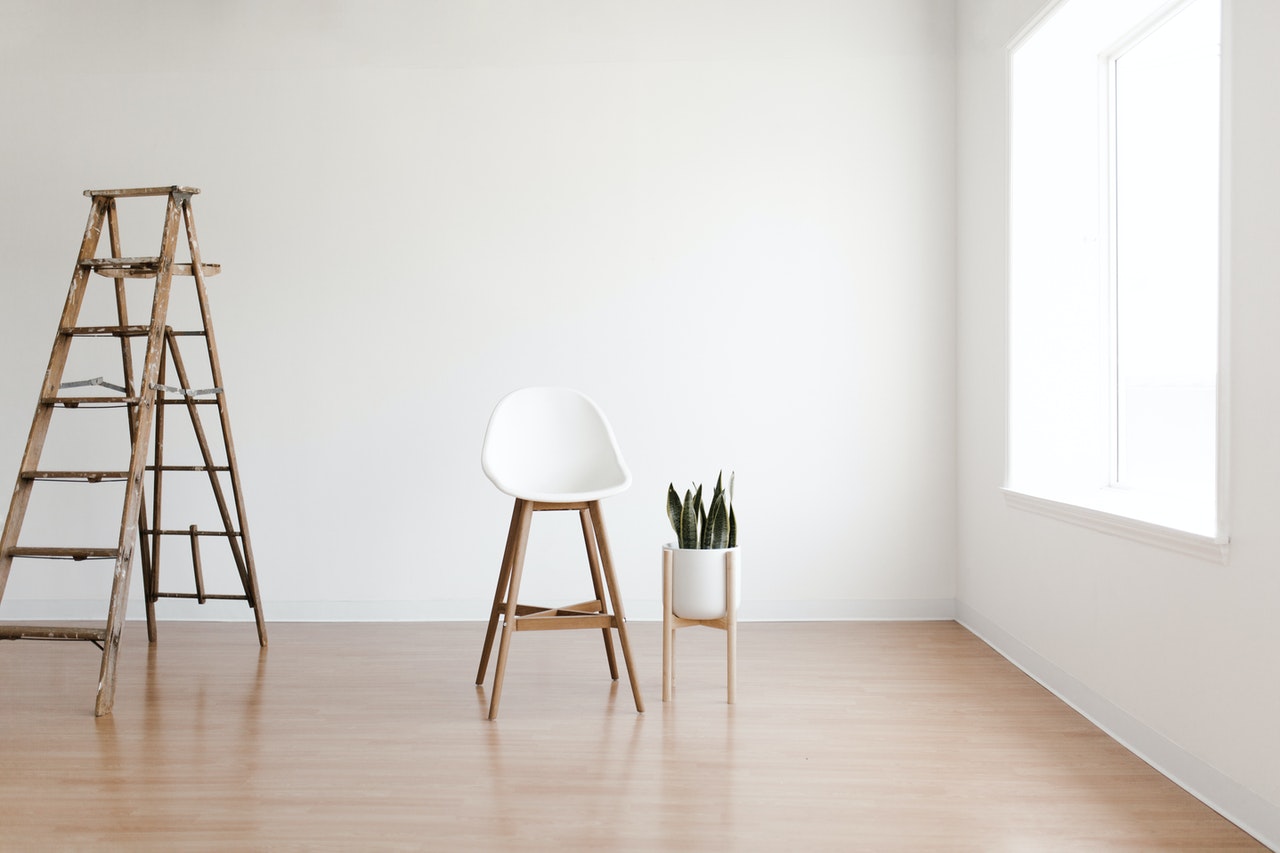
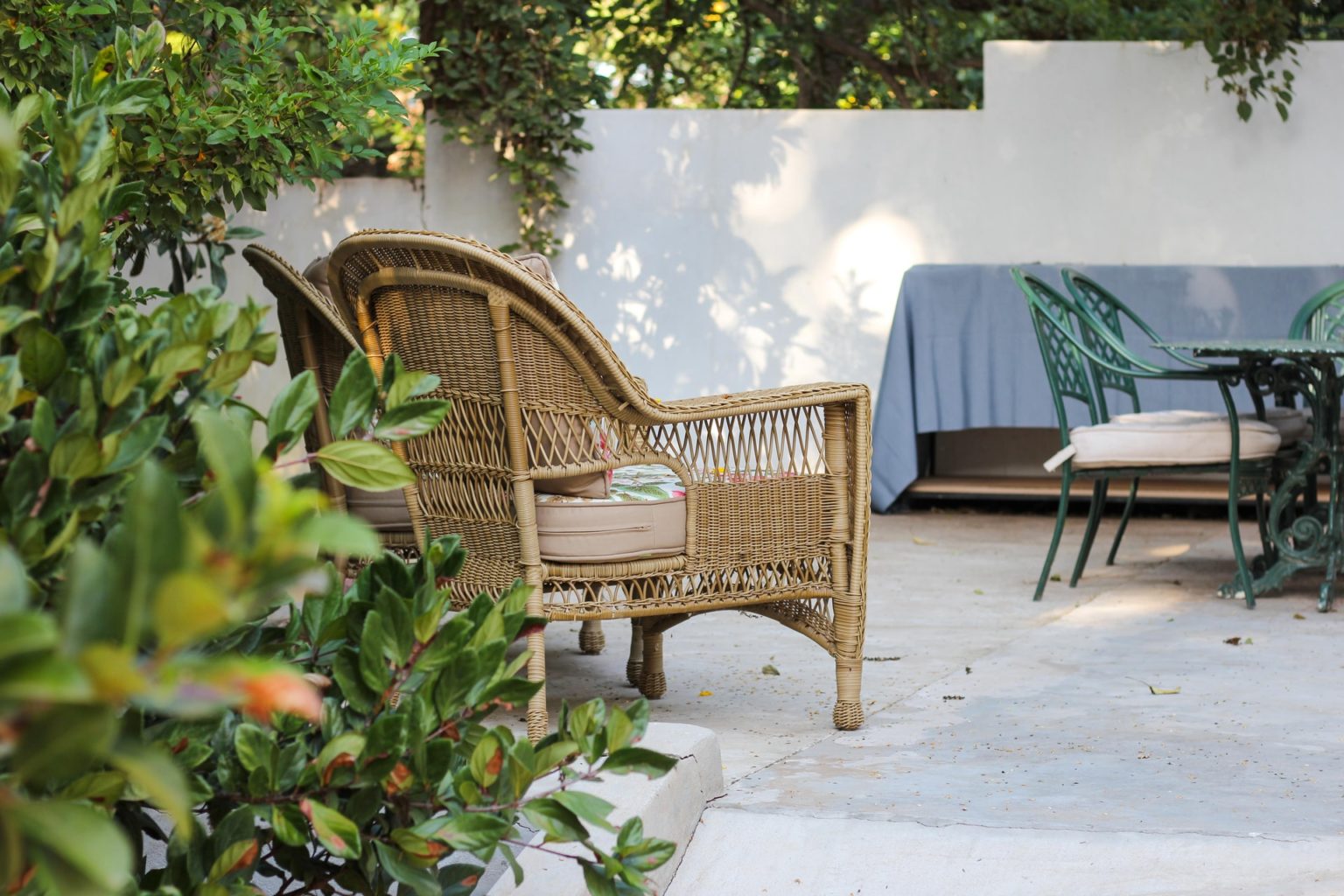
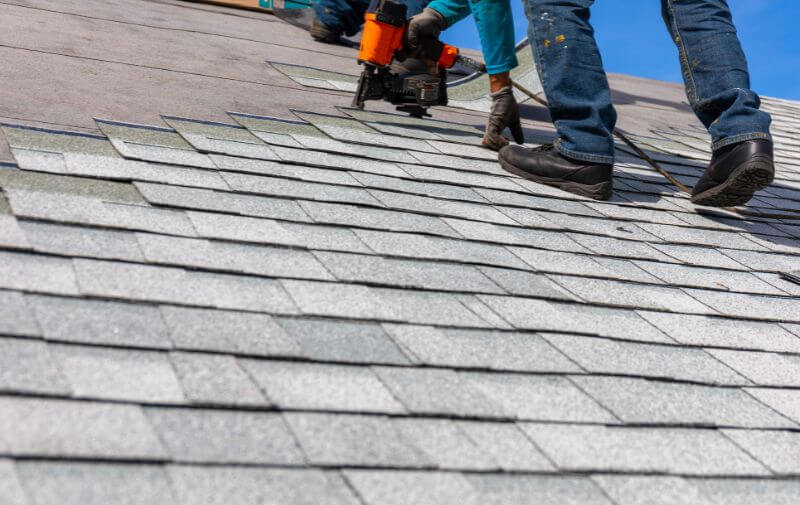
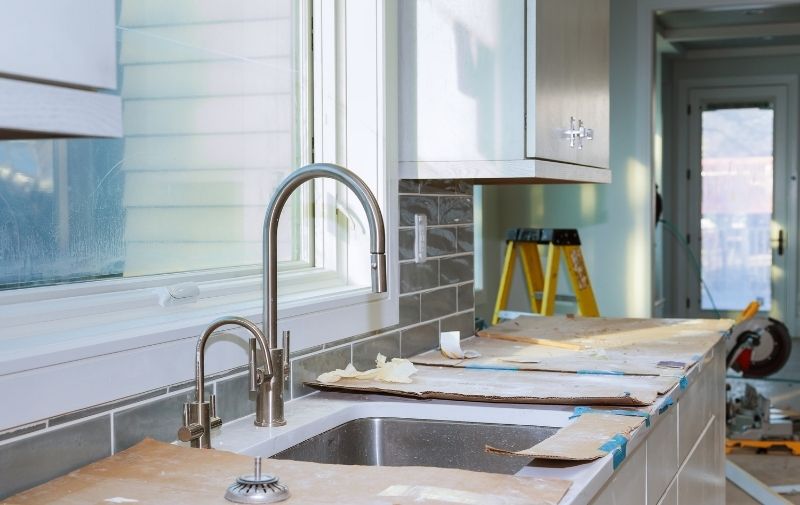

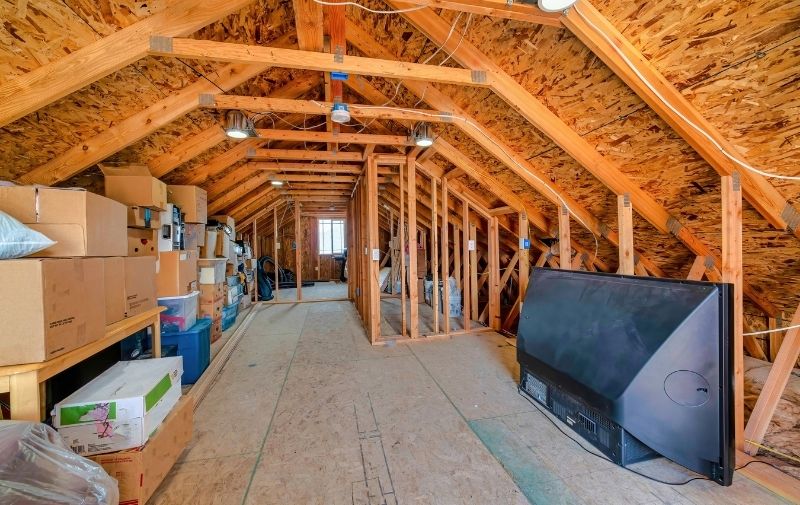
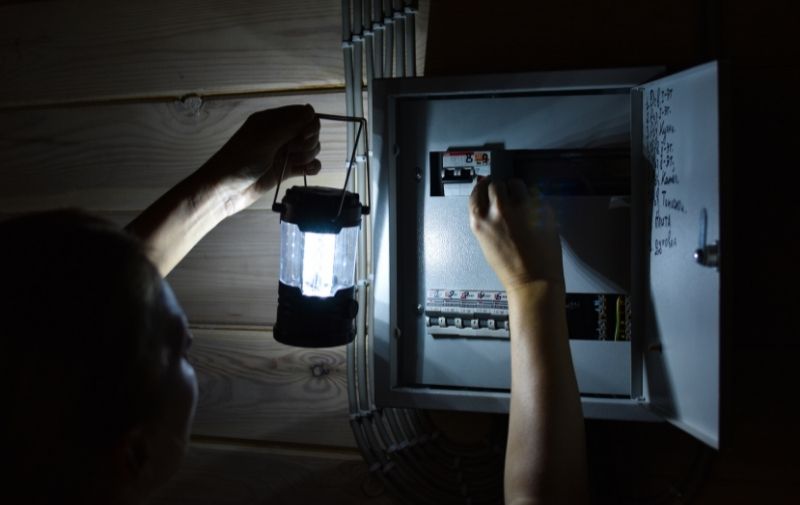
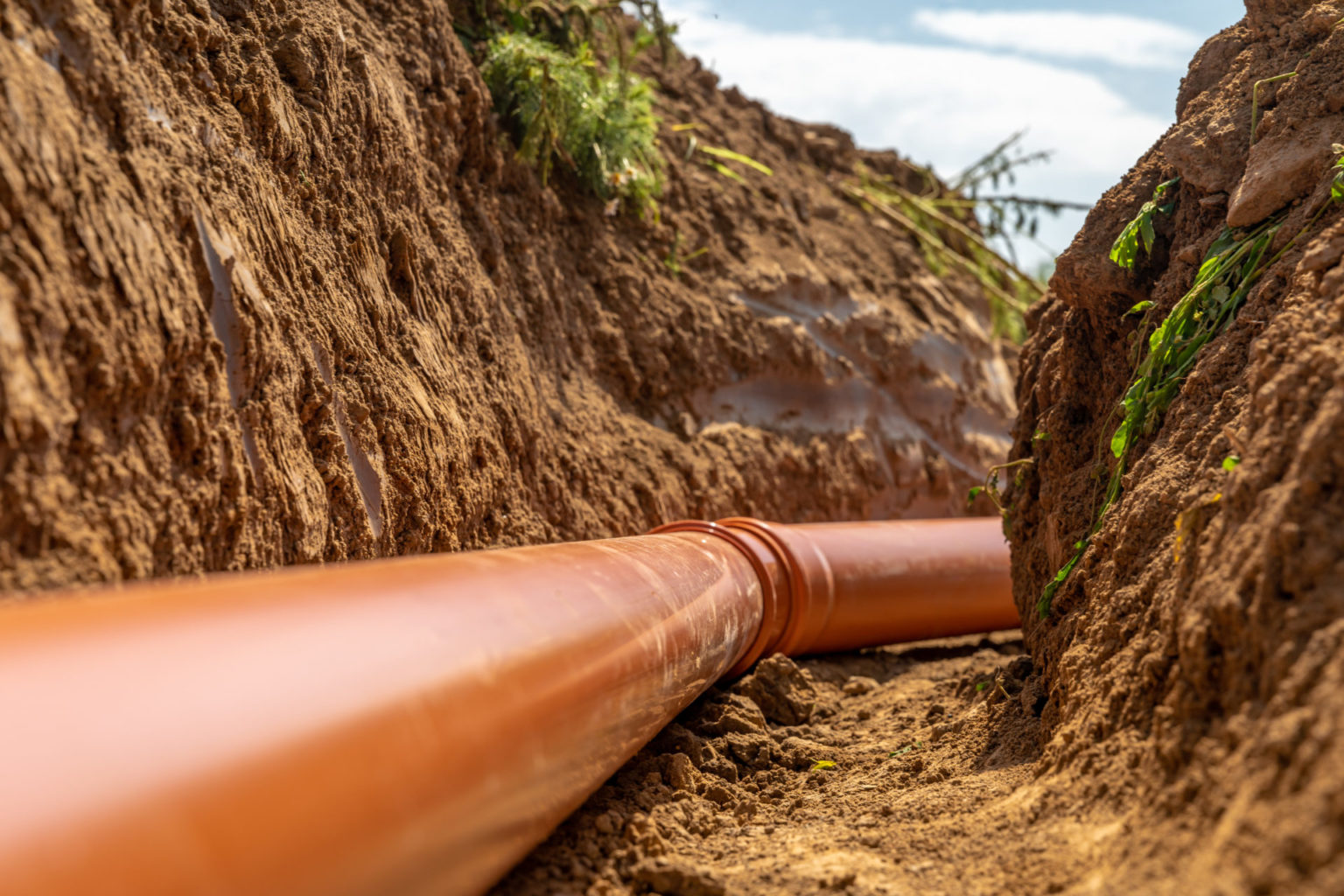
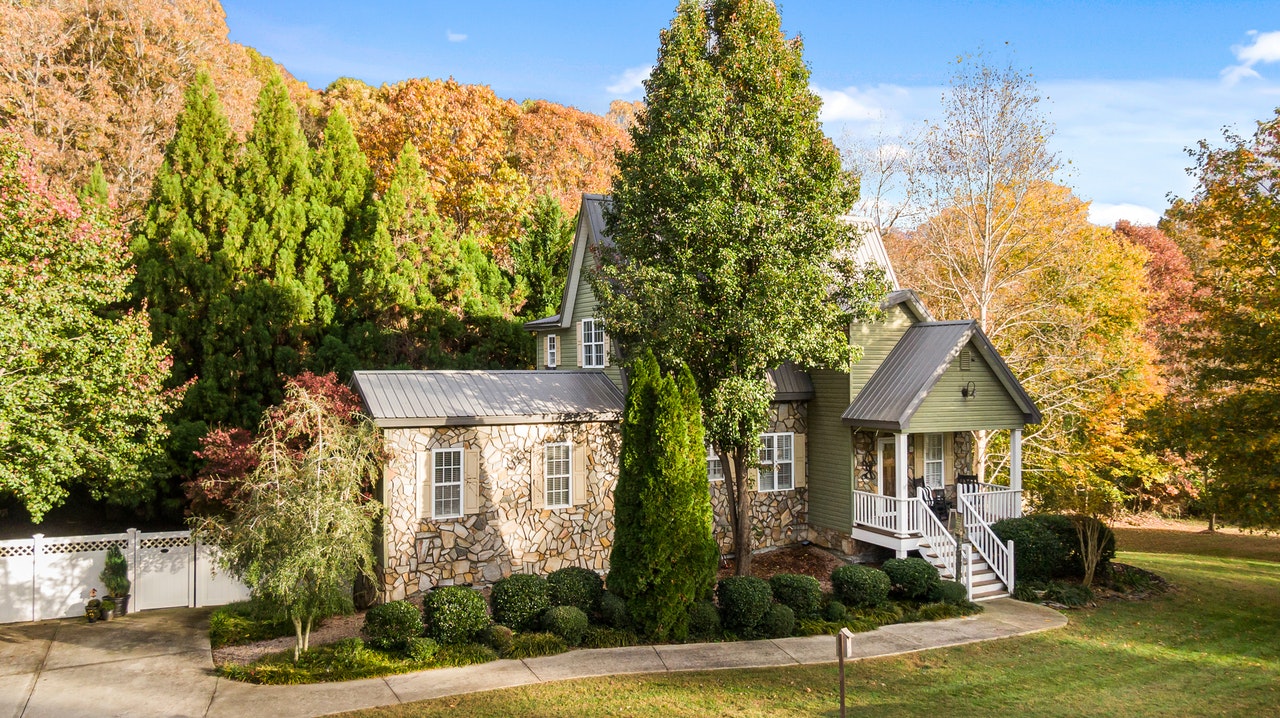

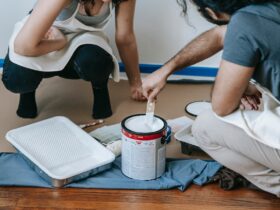

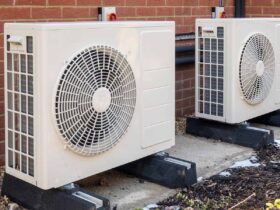
Leave a Reply